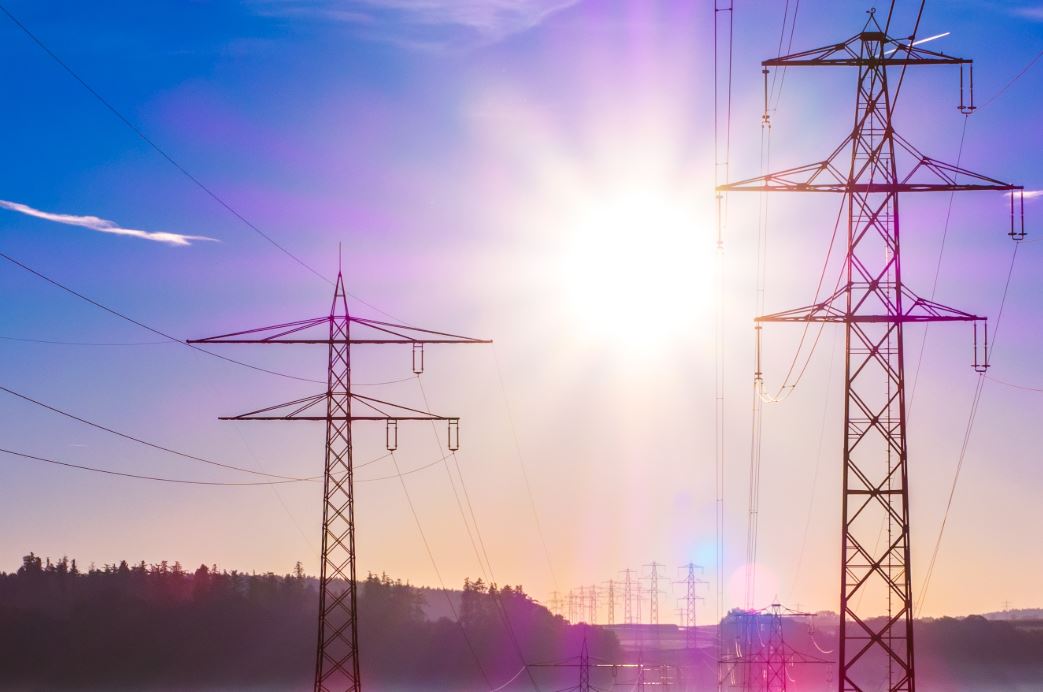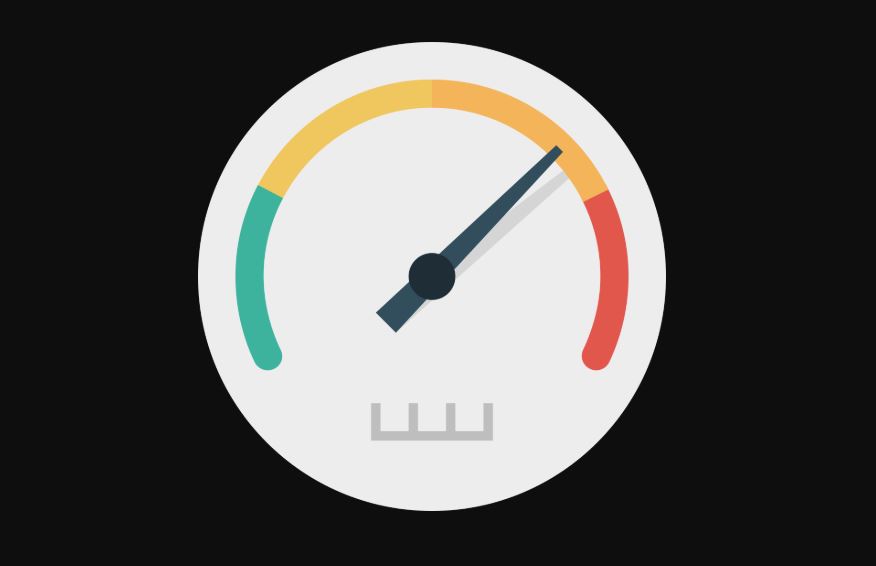Everything is going online these days and education is also not lagging behind, and online education is really something very convenient in today’s world of technology. The following lockdown situation due to COVID-19 has taught us the importance of online education and we are already observing several schools and colleges conducting classes online and the students can also study at their own pace with the help of several online courses offered by different companies. The schools and colleges have understood that online education is the best way to deliver knowledge and educate students by keeping them at the safety of their homes.
Digital education has a lot of potentials, however, if the digital education scenario in India is observed at present, it is kind of gloomy. But, when it comes to the future of digital education in India, we might observe digital education to speed up in the next few years or a decade, but at present digital education isn’t that popular among all classes of the society at least in India. There are several challenges, digital education has to go through before it can go mainstream among all the classes of society. Digital education is already popular in urban areas, however, looking at rural areas, digital education still has a long way to go, because there are challenges already that we need to overcome.
So, today I will talk about a few challenges of digital education in India that you should know about. I will talk about almost all the major aspects that are hindering the growth of online education and what India needs to promote this kind of education system.
-
On this Page show
Problems with electricity
Yes, we might take electricity for granted but this is something most rural India still craves, as India yet does not have 100% electricity penetration. The government is trying it’s best, to make the country 100% electrified and it is almost done as per the government data. But the way the Indian government shows the electrification data is different from how it actually needs to be interpreted. If a few homes are electrified in a specific village, the complete village will be considered to have electricity, even though most homes may still not be electrified. But as the government is trying its best, we might observe 100% electrification in India in the next few years or maybe a decade.
There is no doubt about the fact that electricity is the most basic requirement for digital education, like laptops, desktops, or even smartphones need the power to work and if a country is not completely electrified, that is in the biggest challenge of digital education. Talking about the present scenario, India first has to cross the first hurdle of 100% electrification before we can dream of digital education completely, or mostly take over the conventional mode of education, if the other challenges associated with digital education, which I will be talking about next, are addressed.
One more problem is power cuts. The problem intensifies in the summer season and that is a reason, why computers, laptops, and other digital devices will not be able to work smoothly. According to one of the surveys, there is a big chunk of India, which does not get more than 12 hours of electricity in a single day. So, power cuts are yet another problem that also needs to be addressed simultaneously with increasing the electrification scenario.
-
Lack of Internet connection penetration
When we talk about digital education, the first thing that comes to our mind is the internet connection. As I have already talked about the electrification scenario in India, you might have already understood that the internet connection still has a long way to go.
Additionally, the number of villages with a broadband connection is also not satisfactory, however, in the last few years, the mobile network penetration has gained some pace, and the students might rely on cellular data for online education. But there are also additional challenges, which I will be discussing in the next point.
So, if a school does all the necessary arrangements to host classes online using virtual classroom setups, and all the students within that school come from rural areas where the internet connection is not that good, the whole setup of digital education in that particular village will fail miserably.
Therefore, we have to wait for a few more years before the rural areas get a quality internet connection so that the framework of digital education can be prepared, and that will not only help the teachers to host online virtual classes, but the students can also opt for online courses for various examinations and for school level studies.
-
Internet connection plans and the speeds
If you are relying on cellular data, you might have already observed the reduction in the internet speeds due to the long-term lockdown situation, when everybody is sitting home, and they are consuming a lot of bandwidth. The problem is not only limited to India, but the same thing is also happening around the world. However, if you are counting on a broadband connection the problem might not be that bad.
When it comes to online education, it is mostly about communicating with teachers directly through video calls or watching online video lectures, and both require high-speed with a stable internet connection. Even after the lockdown is lifted, the cellular internet speed is not going to skyrocket and thus, it will still be a hindrance that will always pull digital education back.
Things are a little good when it comes to broadband internet plans, as the speeds are quite satisfactory and they are well equipped for participating in online classes and watching videos, but, I already talked about the broadband connection situation in India, which is not very breathtaking. When it comes to the cellular data plans we can at least get 1GB of data regularly and with costlier plans, we can even get 1.5 GB, 2 GB, or 3 GB of data per day.
Even if I consider that the speed is satisfactory on cellular networks, and the student has to attend online classes for a few hours, that small bandwidth might not be able to cater to the needs. Additionally, as there are a lot of people, living under the poverty level in the country, most perhaps not be able to afford the expansion packs that offer more data in a single day.
-
Lack of devices for digital education
It goes without saying, in order to attend classes online, and to watch video lectures, we all need a computer, laptop, tablet, or smartphone. Even though smartphones apparently sell like hotcakes, close to only around 30% of the population in India has access to smartphones. Hence, if we dream of digital education, there should be some way to bridge the gap and offer some form of smart device to the remaining population so that they can get the benefits of online education.
Talking about India, there are several homes, where there are only one smartphone and no computers or laptops for the students to attend online classes. In those situations, the smartphone is mostly used by the earning member of the family, and if that person goes out for work, there is no smart device for the student to access the internet and eventually to get access the digital education. This is one big problem.
Additionally, if there is more than one child in a family and all of them want to access online classes or watch video lectures online, the family might not be able to afford a smartphone for every child. That’s when the parents need to make a decision about, who will be using the smartphone at what point in time.
When most families cannot afford a smartphone, it will be stupid to think they can afford a computer or laptop for the kids in the family to get access to digital education. When it comes to dealing with laptops and computers in rural areas, computer literacy is also not satisfactory. If the small kids want to have access to the internet for attending virtual classrooms, they will need their parent’s help, and the same is also applicable for students of higher classes if they do not know how to operate a computer.
-
The fear of parents
This thing is very common in India. Parents are of the opinion, if they hand over their smartphones to the kids, or the kids get their own smartphones, they will use the smartphone for other purposes and not for studying. This is true to some extent, for students who are not serious but that doesn’t mean there is no solution to this problem.
There are several ways, the parents can lock down access to the Google Play Store and other apps where the student can download distractive content. Additionally, the problem is not that serious in the case of virtual classes as the teacher can track the attendance of the students and at that point in time, the student will have no option but to attend the online classes.
Most parents in India are not tech-savvy and that is the reason why the parents don’t want to hand over their smartphone to their kids. To solve this problem, the parents need to educate themselves about how they can use the Parental Control features in most smartphones effectively work; so that they can keep a constant eye on their kids and ensure that they are not doing anything wrong on the smartphone. But as I have already discussed, digital literacy in India is not that shining, most parents will better not give their smartphone to their kids with the fear, they will misuse the independence of using the smartphone.
-
Experienced teachers and online classrooms
The concept of digital education in India is very old, and we all are going to the brick and mortar schools for quite a long time now. That is undoubtedly the gold standard. But we have a number of experienced teachers in India, who have dedicated their lives building the future of India, who are giving us cool new models like digital education. But at the same time, those teachers might not be competent enough to teach students in virtual classrooms, and this is indeed a big problem.
Most modern teachers nowadays are quite comfortable teaching online, however, they are relatively less experienced than the old teachers. So, the number of teachers, who are experienced, and can also teach students online through virtual classrooms, are quite limited and that is yet another reason, quality education in India cannot be provided through online classrooms. The teachers need a lot of training so that they can be capable of teaching students through online classes. But, in the end, not everybody is comfortable with everything.
The same problem also exists in the case of online courses. There are several online courses available for different competitive exams, and for school students, and most of them are prepared by young teachers. Obviously, there are some experienced teachers in most online courses, but the number of young teachers is more. So, there should be more experienced teachers who should come to online platforms and make this mode of education a successful one.
-
The distraction of students in online education
This correlates with the problem, I just discussed earlier. Most school students in India are not serious, and it is not their problem. Small kids will always tend to use those apps and games, which interests them and there is no doubt about the fact that studies do not interest most students. So, if the parents cannot look after the kids, while they are studying online, it is quite possible that the students will do something else on the smartphone or a computer. they will mostly play games, watch animated shows, and everything else at that time.
Additionally, the excessive use of smartphones or sitting in front of the computer can have a long-term drastic impact on the health of the students which is again something that needs to be addressed. Long term exposure to computer and smartphone displays can impact the eyes and that is yet another big concern. The problem of distraction is not present in students, who are preparing for competitive exams, or those students who are serious, but school students do not belong to that class. To solve this problem, the teachers can give tough assignments to the students so that they do not get enough time to be distracted.
One more thing that can be done is, the digital courses can be made more interesting for the students, and the teachers can make the process of learning more interesting and that can yet be another way, to make the students get interested in studying. That will be another effective way the students can keep away distraction and keep learning with the benefits of digital education.
-
The unfriendly situation in homes
There are several students, who go to school only because the ambience at home is not good enough for studying. In our country India, there are several homes, where the students do not have enough space to study comfortably. In that situation, a computer that in most cases requires a lot of space will not be available in a house, and digital education in those homes is next to impossible.
If the student cannot study comfortably and in a peaceful situation, studying at home with the help of online education is also not possible. This is a problem, which cannot be solved very easily and it has nothing to do with the penetration of the Internet in India. This is mainly because of the poverty situation in India, however, more people are coming out of the poverty level and that is a positive sign.
Additionally, most students might have to support their family when they are at home, and if that goes on, they have very limited time in hand to pursue education, may it be the conventional form of education, or it is some form of digital education. A peaceful atmosphere is always the elementary thing for smooth studying and that is not present in many houses of India.
There is no doubt, there are several challenges of digital education in India. However, it is not that all the problems are beyond solution. Most problems can be solved, however, there are certain problems, which require a long term approach so that we can achieve a solution. It might take a few more years before all the problems can be solved but we have to be optimistic. The COVID-19 situation has taught us the importance of digital education, and the government has also come forward to improve the existing infrastructure so that digital education can flourish in our country India. If digital education flourishes in our country, it is a huge market for educators. They can make a good profit after offering quality education to our country if the underlying infrastructure is improved.
So, those are the problems and challenges of digital education in India. Do you know any other problems that are pulling India back, when it comes to digital education? Feel free to comment on the same below.
Other Articles:











However you look at it, we haven’t yet created the right environment for online learning. Many do not have the necessary devices, some teachers are inexperienced in using the software, and students are often distracted and lack the proper level of discipline. But isn’t that a reason to start solving all of these problems now and create the most effective learning experience possible with the opportunities we have?